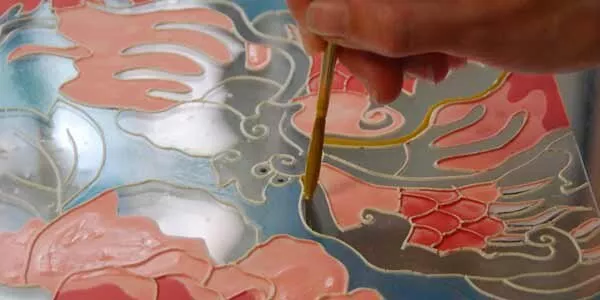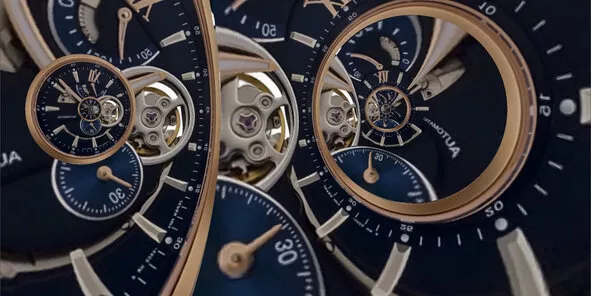
Art markets and the Covid crisis: what panorama in autumn 2020?
2020, a black year for art markets
2020 will be a milestone in the history of art markets. A year in which almost all major trade fairs were cancelled; a year in which more than 90% of museums, galleries and auction houses closed their doors for two to three months, depending on the location and institution. The result was a sharp drop in sales in the second quarter for most operators, of the order of 50% to 75% compared to the same period last year. This commercial contraction is creating cash flow tensions for many players in the art world, both in the non-commercial sector (especially museums, the revenues of which depend most on attendance) and in the commercial sector. Trade fairs have been successively postponed and cancelled and the "queen" of contemporary art fairs, Art Basel, changed control in July. In France, up to a third of galleries are said to see their existence threatened, according to Marion Papillon, president of the Professional Committee of Art Galleries. Auction houses also adjusted their staffing, structural and operating costs, as they did not escape the turmoil and saw nearly half of their sales revenue from public sales evaporate over the first half of the year, a trend that was nevertheless partially offset by the development of over-the-counter sales and online activity.
Innovate to survive
In fact, as in many other sectors of the economy and society, art markets are experiencing a tremendous acceleration of the digital switchover, which is reflected in the explosion of "viewing rooms", virtual replicas of galleries and fairs, in which visitors can not only move around from their computers, but also zoom in on works and interact with dealers remotely. Some auction houses are taking innovation a step further, offering fully automated ("online only") public auctions, with sales volumes more than quadrupling in the first half of 2020 (aggregate figures from Sotheby's, Christie's and Phillips). Auction houses broke new ground again in June, when Sotheby's offered the first "hybrid and global" relay auction: an event combining the firepower of its halls in Hong Kong, London and New York, intervening one after the other in a marathon sale, animated online in the manner of a big TV show. Christie's followed suit on July 10 with its "One" global sale, and the two houses achieved total sales of nearly $800 million.
A resilient demand
These figures testify to the persistent appetite of collectors, which was really noticeable from June and July onwards. It was materialized by price records or, among other examples, by the success of the Art Paris Fair at the beginning of the school year. However, the upsurge in the health crisis in September led to further cancellations of the physical fairs in the autumn of 2020 (Fiac Paris and Frieze London in October, Paris Photo in November, Art Basel Miami in December, Brafa Brussels in January 2021), whereas the 2021 editions of Tetaf, Armory Show and Art Basel will be postponed for several months.
What prospects can we draw?
In this highly volatile context, prices of quality assets seem to be holding up well for the time being, even if the horizon for a general recovery in sales is moving away again towards 2021, due to the recent tightening of health constraints, the multiple cancellations or postponements of trade fairs, and a new halt to sales in physical auction, which mark the end of the year. All in all, we can therefore expect a sharp contraction in overall transaction volumes in 2020, probably comparable to the 35 to 40% drop recorded in 2009 in the wake of the financial crisis. Having said that, for the record, the rebound in activity was particularly strong in 2010, supported by the appetite of collectors. This reference to the previous cycle of 2008-2010 has led many analysts to expect a similar recovery profile once the health crisis is resolved. In the meantime, while good deals are always possible in fluctuating market contexts, buyers will benefit from paying more attention than ever to the quality, state of conservation and authenticity of the works proposed to them, a fortiori when transactions are carried out remotely. Moreover, this period of relative calm can be used by owners of collector's items to set up or update their inventories, in order to check the relevance of the values retained in the context of donation projects or for the calculation of their insurance premiums.
The information provided on this page is for information purposes only and has no contractual value. The content of this page is not intended to provide investment advice or any other investment service and does not constitute an offer, a personalised recommendation or advice from Societe Generale Private Banking with a view to the purchase or subscription or sale of investment services or financial products or a transaction in pleasure goods such as art. The information provided above does not constitute legal, tax or accounting advice. Societe Generale Private Banking cannot under any circumstances be held liable for any investment decision taken by a reader on the basis of this information. No Société Générale Private Banking entity undertakes to update or modify the present page and will not assume any responsibility in this respect. The wealth and financial solutions, offers, products, goods, pleasures, services and activities mentioned on this page depend on each client's personal situation, the legislation applicable to him/her and his/her tax residence. Thus the offer presented may not be implemented, adapted or authorised within all Societe Generale Private Banking entities and must comply with the Societe Generale Group's Tax Code of Conduct. In addition, access to some of these products, services and solutions is subject to eligibility conditions. We invite you to contact your private advisor to check whether these offers meet your needs and are adapted to your investor profile.




